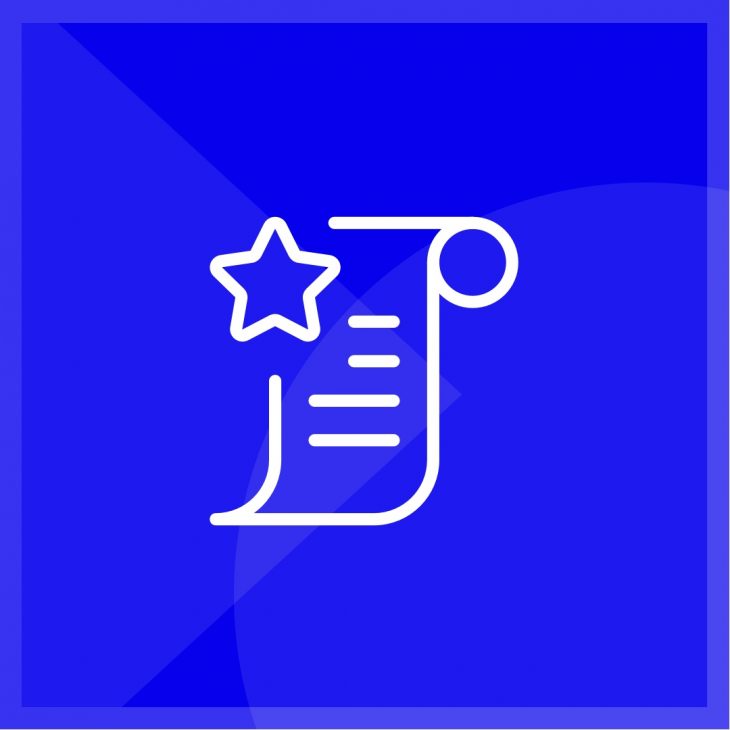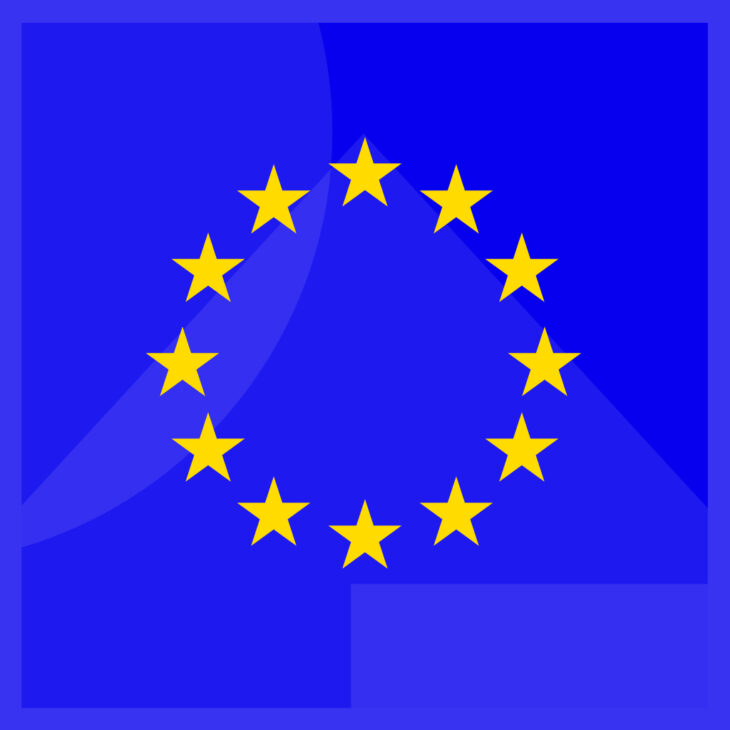Why Accessibility Training Matters: The A11Y Collective and the European Accessibility Act
Accessibility training makes it easier to comply with the European Accessibility Act (EAA) and make the web accessible for everyone. The A11Y Collective is an e-learning platform for anyone who wants to learn more about web accessibility.
The European Accessibility Act (EAA) was adopted by the European Union in 2019 and consists of a set of regulations aimed at making websites and apps more accessible to people with disabilities. The EAA applies to both the public and private sector. By June 2022, all EU member states will need to translate and adopt the directive into their national laws, and by July 2025 the law must be enforced. For companies affected by the European Accessibility Act, 2025 is the ultimate deadline.
This includes ensuring that the website or app is usable with assistive technologies, such as screen readers, and that it is easy to navigate and understand for people with cognitive or visual impairments. Webshops and e-commerce sites are also covered by the act. More information at the website of the European Commission.
Steps your organisation can take to comply with the EAA
To comply with the EAA, websites and webshops should take a number of steps to make their platforms more accessible to people with disabilities. These include:
- Conducting an accessibility audit. This involves reviewing the website or webshop and identifying any barriers to accessibility that may exist.
- Providing alternative text for images thus allowing visually impaired users who use screen readers to access the website or webshop.
- Making sure that the website or webshop is usable with a keyboard. Some users with mobility impairments may not be able to use a mouse and rely on keyboard commands.
- Creating clear and simple navigation for users with cognitive impairments who may have difficulty understanding complex navigation menus.
- Making sure that the website or webshop is compatible with assistive technologies, such as screen readers, magnifiers, and other assistive technologies that are commonly used by people with disabilities.
- Having accessibility in mind throughout the entire development process.
- Keeping the website or webshop up-to-date to ensure that it continues to be accessible to users with disabilities.
- Providing a way for users to provide feedback or report accessibility issues.
You should also have a visible accessibility policy and statement of compliance. Some countries have more specific regulations and guidelines for accessibility, so it’s important to check country-specific regulations as well.
If an organisation’s website or webshop does not comply with the European Accessibility Act, it may face a number of consequences. The specific consequences will vary depending on the country in which the organisation is based, as each country is responsible for enforcing the act within its own jurisdiction. Penalties for non-compliance include fines and legal action. This could lead to negative publicity and public embarrassment, which can harm a company’s reputation, lead to loss of business and increased costs, and ultimately impact its bottom line.
Steps that your team can take to comply with EAA

Understand responsibilities
Make sure that all members of your team, including designers, developers and content creators, are aware of the act and understand their responsibilities. Provide training on best practices, guidelines and tools to help them create accessible websites and webshops. Make accessibility a priority and incorporate it into your organisation’s design and development processes at every stage.

Regular testing and continuous feedback
Implement regular testing and continuous feedback. This will help identify and address any issues early in the development process. Appoint a team member or external consultant to act as an accessibility lead. This person will be responsible for monitoring and ensuring compliance with the act, answering questions and providing guidance on accessibility.

Using automated tools
Using automated tools will help you identify and fix accessibility issues. Also, be sure to create a policy that outlines your organisation’s commitment to accessibility and details the steps you will take to ensure compliance with the act. This can be shared with employees and customers as well as other stakeholders.

Regularly reviewing and updating
Regularly reviewing and updating your website or webshop to ensure that it continues to comply with the act is also crucial. This may include fixing issues, as well as making sure that your website or webshop remains up-to-date with the latest accessibility guidelines and best practices. Keep in mind that accessibility is not a one-time process, but rather a continuous effort that needs to be integrated in the development and maintenance of your online product.
Make complying easier by following an accessibility training with the A11Y Collective
Accessibility training makes it easier to comply with the EAA and make the web accessible for everyone. The A11Y Collective is an e-learning platform for anyone who wants to learn more about web accessibility. Our goal is to globally spread web accessibility knowledge and skills to ensure everyone can use the internet.
We offer online courses where participants can learn about accessible web design, code and content as well as practise these new skills. The content of our courses and masterclasses is shared with participants via video and text.
Everyone can follow our courses. They focus mostly on knowledge and skills that are valuable for web designers, developers, webmasters, product owners and web editors. Once you’ve completed one of our courses, you’ll possess the knowledge and skills to start making an impact. So whether you are a writer, designer, developer or product owner, you can make a difference!

Making the web accessible is a team effort!
We are happy to advise and create a customised training program tailored to your company’s needs.

